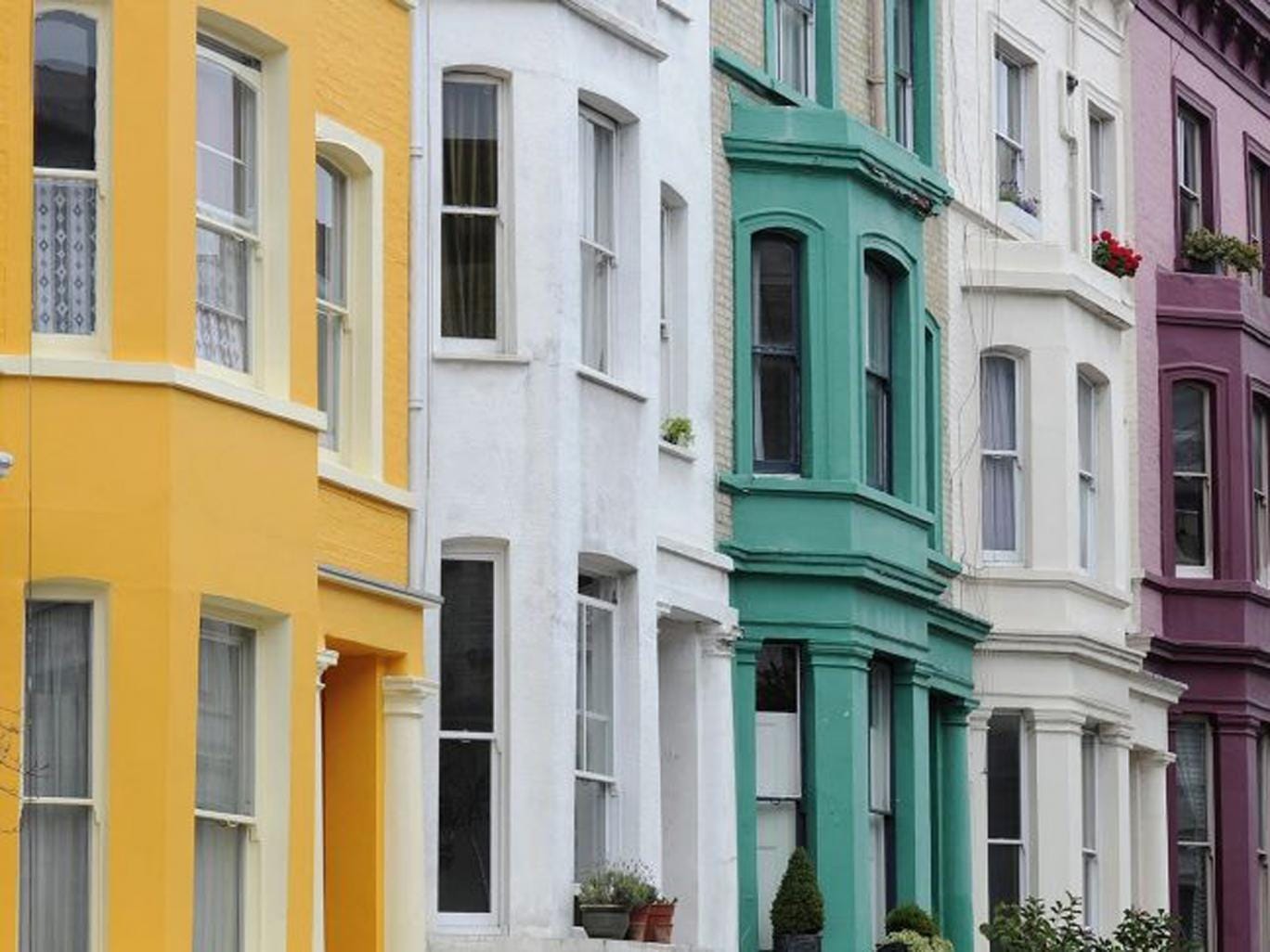The average home buyer saves £4,500 on stamp duty thanks to changes in the tax structure introduced a year ago.
Data from Halifax shows that since the changes have come into force, the average house price of £273,531 incurs stamp duty of £3,676, compared to payments of £8,205 in December 2014 – a saving of £4,529.
The tipping point of £938,000 means that only buyers of homes approaching the million mark are worse off under the new stamp duty rules.
Despite this, the Government is making record amounts of money from stamp duty. Increased property prices and a higher number of residential property transactions boosted stamp duty revenues by 16% between 2013-14 and 2014-15 to a new record high of £7.5 billion.
Duncan McCann from the New Economics Foundation told the Independent that buyers would have been better off shouldering the higher fees and getting on the market earlier as the price increases would have outweighed the charges.
“While individuals are better off, the bottom line revenues are increasing. If the Government do nothing to reform the fundamentals of the market, by building new homes or address mortgage credit, we will see prices continue to rise,” McCann said.
Craig McKinlay, Mortgages Director at Halifax, said that the start point for stamp duty should be in line with house price inflation. “The failure to index the start point for stamp duty in line with house price inflation has dragged more buyers into the tax net in recent years,” he said.
Buyers in London have been particularly badly affected with the capital accounting for an increasing and disproportionately large share of stamp duty revenues. In London, 99 per cent of people pay stamp duty because so few homes exist below the threshold.
In the Autumn Statement, George Osborne changed the rules for buy to let homeowners so that they pay 3 per cent more stamp duty on.
HRMC has an online calculator to help you work out how much you would owe.


